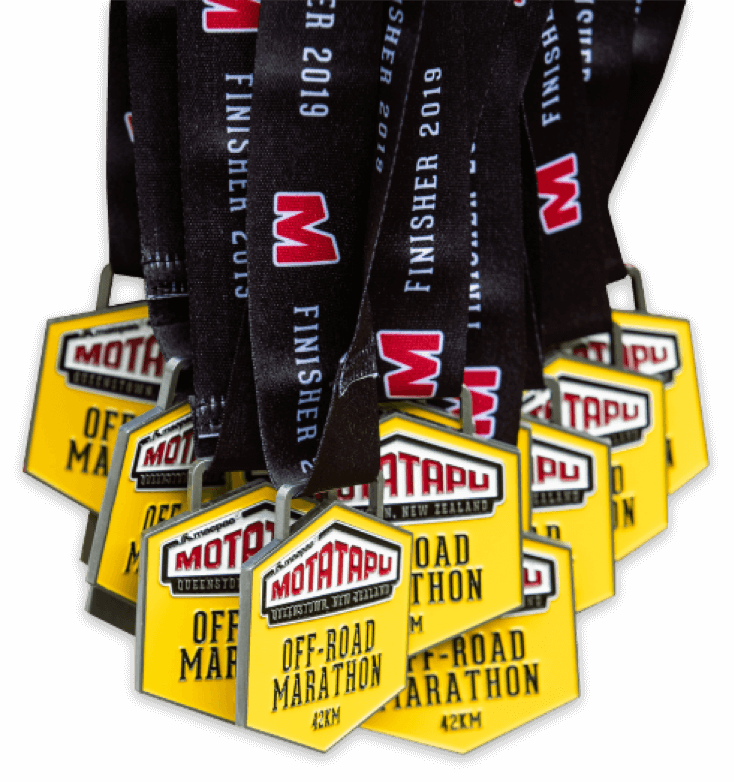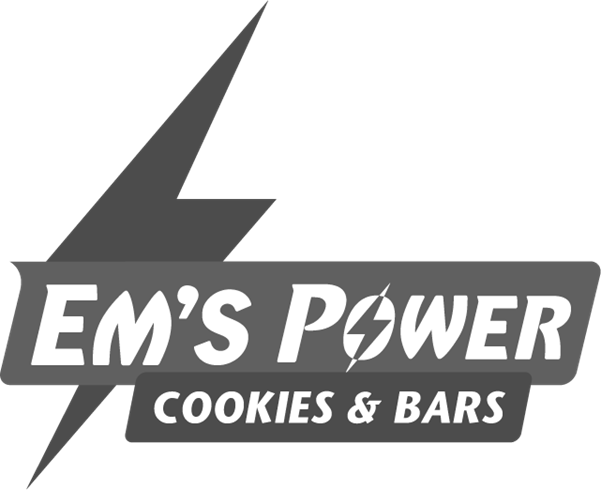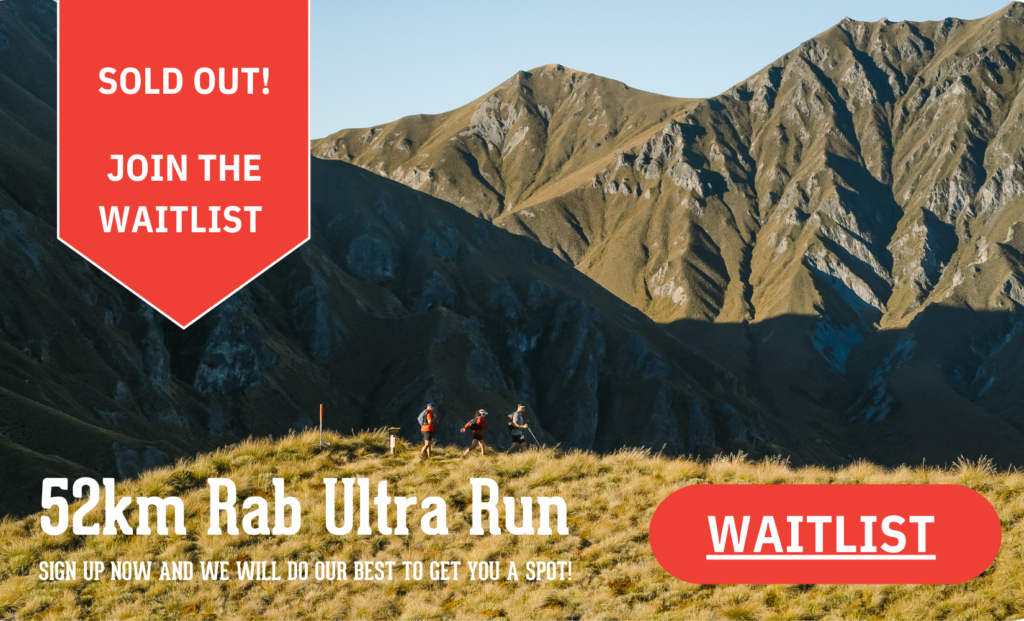Are you medically race fit and would you know what to do in a medical emergency?
Before lining up on the Motatapu start line on 1 March this year we’d like each of our participants to ask themselves these questions. Why? Because your health and safety are always our top priority.
Motatapu is meant to be a fun experience but it will also be a physical challenge. We want to make sure you’re well prepared so you can really enjoy your big day. As part of your training and in the lead-up to race day please take a moment to think about these things.
What is your body telling you?
Training for an event is hard, we get it! Tired legs and feeling puffed out are normal as you work on building your fitness. Chest pains are not. Chest, neck and shoulder pain along with shortness of breath can all be signs of a heart attack or angina, which is a condition that occurs when the heart muscle is not getting enough oxygen supply. Please do not ignore these symptoms or try to tough it out. Even if you think ‘It’s probably nothing’, talk to your doctor and follow their advice about whether or not you should race.
“It’s really good people are into their sports, even as they get older, but we want people to be keeping safe and taking notice when they’re having symptoms,” says Dr Ben Rendall, of the cardiology department at Christchurch Hospital.
Check out this recent 1News story about athletes ignoring potentially fatal heart warning signs.
Have you disclosed medical conditions in your registration?
It’s important that you disclose any medical conditions when you register for Motatapu. If you’re involved in an accident or medical incident, this information will help our team to give you the best possible care.
Heart attack survivor David Armstrong shares his story
Sadly, we have had competitors experience heart attacks while out on the course. 49-year-old competitor David Armstrong shared his experience with us.
“About 20 kilometres into Motatapu 2006 I started to feel I was running out of energy. I felt as if I had not eaten or drunk enough so I stopped, had a drink, some food and within five minutes I felt fine and set off again. After another 30 minutes of riding, I felt exactly the same so I stopped to rest again but it took me a little longer to recover.
“I set out once again but only went for another fifteen minutes before hitting the wall. After twenty minutes rest and numerous offers of help from fellow cyclists I went off a third time but had only gone 300 metres before realising I couldn’t go any further. I asked a fellow cyclist if they could get the marshall who I had just passed to come and sit with me. A few people stopped, concerned. I then passed out.
“Coming to a few minutes later I was being assisted by a doctor, nurse, physio, to name but a few. It was decided to fly me out even though I started to feel a lot better after being taken to the aid station and given oxygen and aspirin. Tests at the hospital indicated I had had a heart attack.”
Thankfully, David received the expert help he needed and we’re pleased to report that he successfully completed the mountain bike course in 2008!
Our medical team and volunteers are here to help
We have a fantastic medical team and volunteers out on course to assist in an emergency. However, given the nature of the courses and the terrain, they cannot be everywhere at once. We are hugely grateful to fellow competitors who stop and help others who may be unwell or injured.
What to do if you’re first on the scene
It’s possible that in an accident or emergency, you or a fellow competitor may reach that person before the support crews do. If so, here’s what to do:
1. FIRST ON SCENE:
If you are the first on the scene please stop and assist the injured/distressed competitor and gather as much information as possible.
2. NEXT ON SCENE:
Talk to the person who was first on scene to find out what has happened then locate the nearest radio and report the situation. Radios are at:
- Aid stations
- With on-course medics
- In the 4WD course vehicles
- With the Tail End Charlies
- With some marshalls
You may need to go back the way you came to get help.
3. OTHERS ON SCENE:
Stop to see if any assistance can be offered and proceed if not.
If you assist, please take a note of the time you spend assisting the injured person and we may be able to credit your final race time, after verifying it, of course!
Stopping to help is the right thing to do
Local GP and Motatapu competitor, Dr Kim Hurst, remembers stopping to provide medical care to a fellow competitor while racing in Canada in 2015. “He had suffered a really heavy crash and obstructed his airway. His riding buddy was really shaken up but the next two riders were a doctor and a firefighter, which was pretty lucky. The terrain we were in was remote and the nearest first aider arrived by quad bike but it still took a while for them to get out there. I was leading the women’s race at the time, but it wasn’t even a question to stop – we’re a community at these events and it’s important for us to all get home safely.”
Remember:
- Listen to your body and seek medical advice if you experience any concerning symptoms during training.
- Disclose any medical conditions when you sign up.
- Stop and assist if you come across an injured or distressed competitor.
- Locate the nearest radio to report the situation and seek help.
Book a check up
Local Queenstown practice, The Doctors Whakatipu, have recently installed SmartCare kiosks at both their Frankton and Shotover sites and welcome Motatapu participants to pop in at either clinic to get your blood pressure checked – for free with no appointment needed! They’ll also provide Motatapu participants with a Cardiovascular Risk Assessment for $65, which includes a review of your family history, blood pressure, weight, cholesterol and blood sugar check, all of which measures your risk of heart disease.








